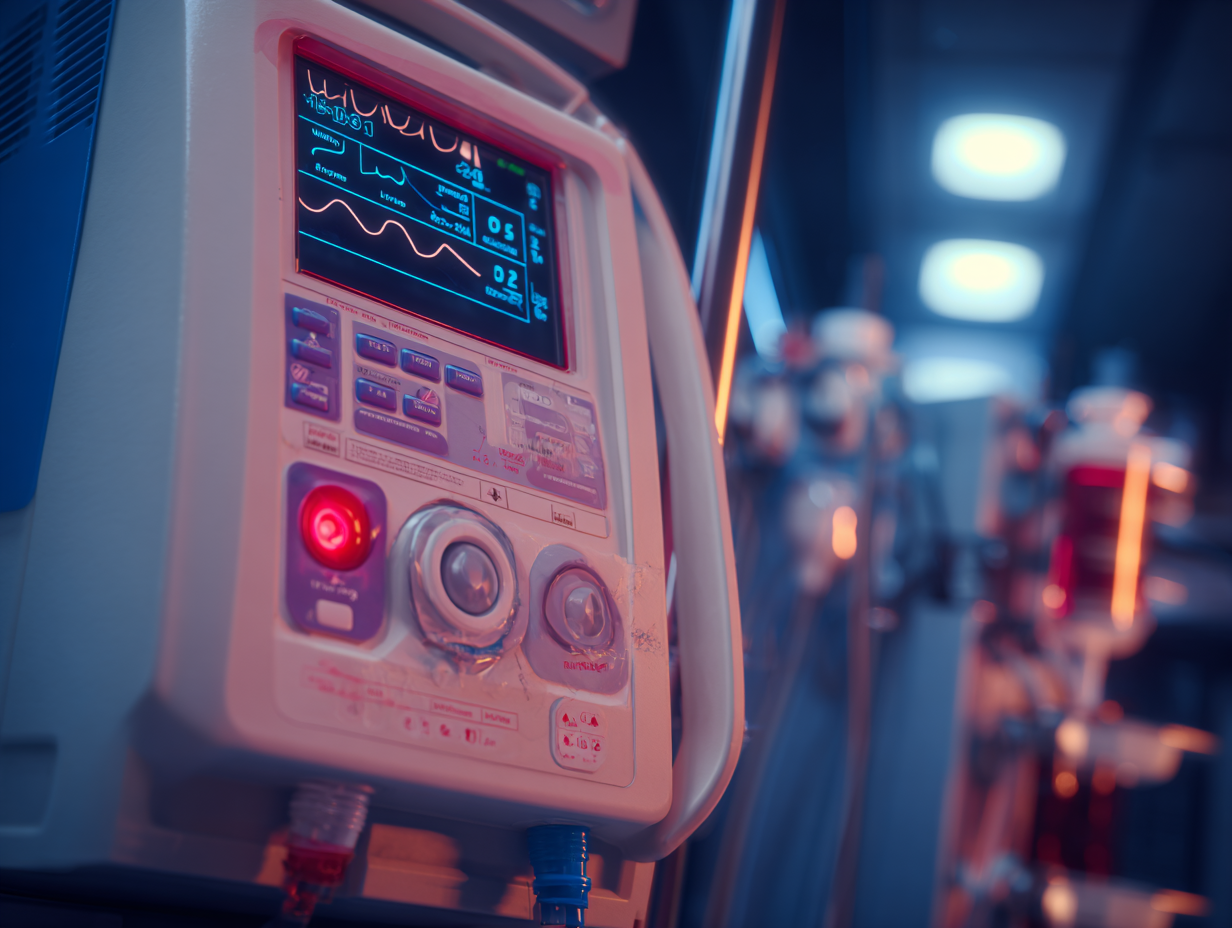Nearly all healthcare professionals who have worked with ECMO patients have a success story they can never forget. These stories serve as a powerful testament to the value of ECMO, driving their commitment to providing and expanding the use of this life-saving therapy. Dr. Mehall, a physician executive at Innovative ECMO Concepts (IEC), is one such healthcare professional with a tale of triumph he’ll never forget.
Over a decade ago, Dr. Mehall was the director of cardiothoracic surgery at a community hospital when a young woman in her 20s was admitted for shortness of breath. The patient tested positive for H1N1, also known as swine flu. At the time, H1N1 was not too dissimilar from COVID-19—it was a virus that was also declared a pandemic, albeit far less deadly and contagious.
As with COVID-19, younger patients were generally safe from the worst of the H1N1 virus. But after a week in the hospital, the young woman was only getting worse and increasingly struggling to breathe. Unbeknownst to her medical team at the time, the H1N1 virus had gone to her heart, causing an infection called myocarditis.
Myocarditis is an infection of the heart that causes rapid and severe inflammation of the heart muscle, interfering with its ability to pump blood. When the heart cannot effectively pump blood, fluid accumulates in the lungs, and organs can become damaged from a lack of blood flow. This condition can also be hard to detect since its symptoms overlap with respiratory viruses like H1N1.
Suddenly, the young woman’s heart stopped. Her medical team acted swiftly and successfully resuscitated her with CPR. Although she was able to be brought back to life, the clock was ticking, and the situation was dire. In this situation, patients either need a heart transplant or to be placed on ECMO to give the heart time to recover. Unfortunately, the hospital Dr. Mehall worked at didn’t offer either of these services.
The natural course of action was to transfer the young woman to a hospital that could offer ECMO or a transplant, but when Dr. Mehall discussed this possibility with the patient’s husband, she went into cardiac arrest again and had to receive CPR for a second time. At this point, she was simply too unstable to be transported to another hospital.
Dr. Mehall had two options: either find a way to place the patient on ECMO or pronounce her dead.
Unwilling to give up on this young woman, Dr. Mehall and his team jumped into action. The community hospital did have a heart and lung machine to facilitate open-heart surgery, but it was a temporary system meant to last a few hours instead of the days or weeks required for myocarditis.
However, luck was on the young woman’s side. Dr. Mehall had experience with heart transplants and ECMO, an extremely rare skill for a physician at a small community hospital. What’s more, the hospital had recently ordered parts for an ECMO machine, and the perfusionists had assembled a trial machine to practice for just this type of emergency. Now that such an emergency was here, Dr. Mehall’s team was able to assemble a makeshift ECMO machine in record time.
It took three doctors, three perfusionists, and over ten nurses to place the young woman on ECMO in the operating room, and the patient’s heart stopped several more times during the procedure. Once she was stabilized and taken back to the intensive care unit, her blood work revealed something shocking. The patient’s troponin level, a protein that indicates heart damage, was several times higher than Dr. Mehall had ever seen. The patient was incredibly lucky to be alive.
After the young woman was further stabilized, she was able to be transferred to a regional transplant center that was better equipped for ECMO patients. With a few weeks of ECMO support, her heart was able to rest and recover from the infection, and she went on to make a full recovery—no heart transplant needed.
Although Dr. Mehall was already aware of the transformative power of ECMO, this story underscored the need to broaden access to this life-saving therapy. As he says, “It became clearer than ever to me that ECMO should not remain confined to large academic hospitals; rather, all medium-sized hospitals should have access to ECMO to at least allow patients to be stabilized and transferred to a facility with expanded capabilities.”
The survival of this young woman hinged on a stroke of luck: a unique combination of experience and available equipment. The stark reality is that ECMO remains tragically out of reach for many, meaning hundreds of patients a day succumb to conditions that could potentially be treated by this critical form of life-support. No patient should have to rely on luck when a second chance at life could be provided through equitable access to ECMO.




